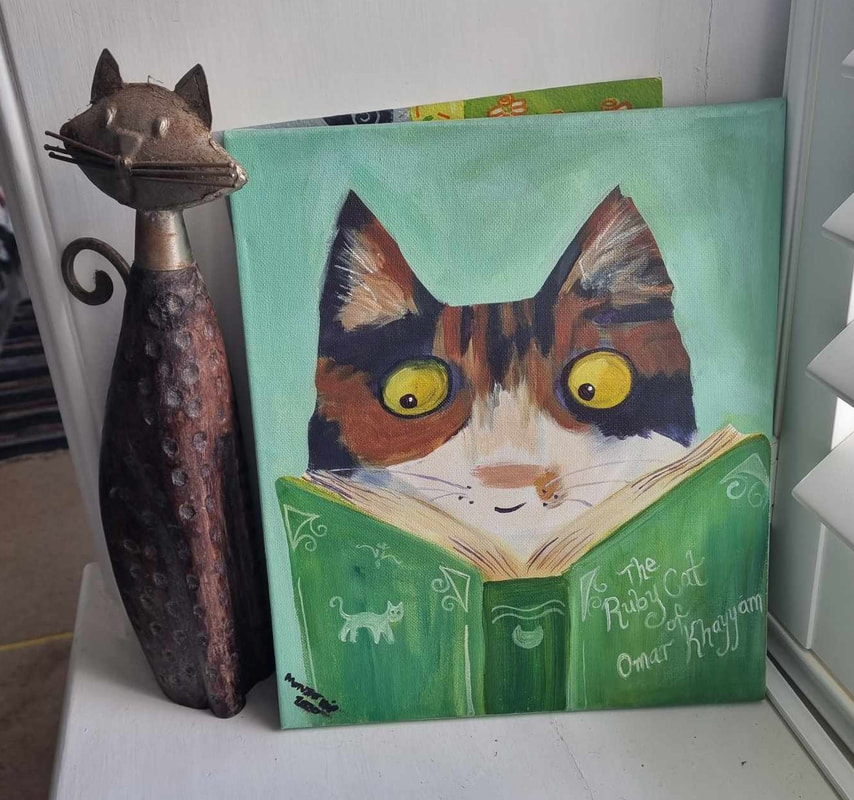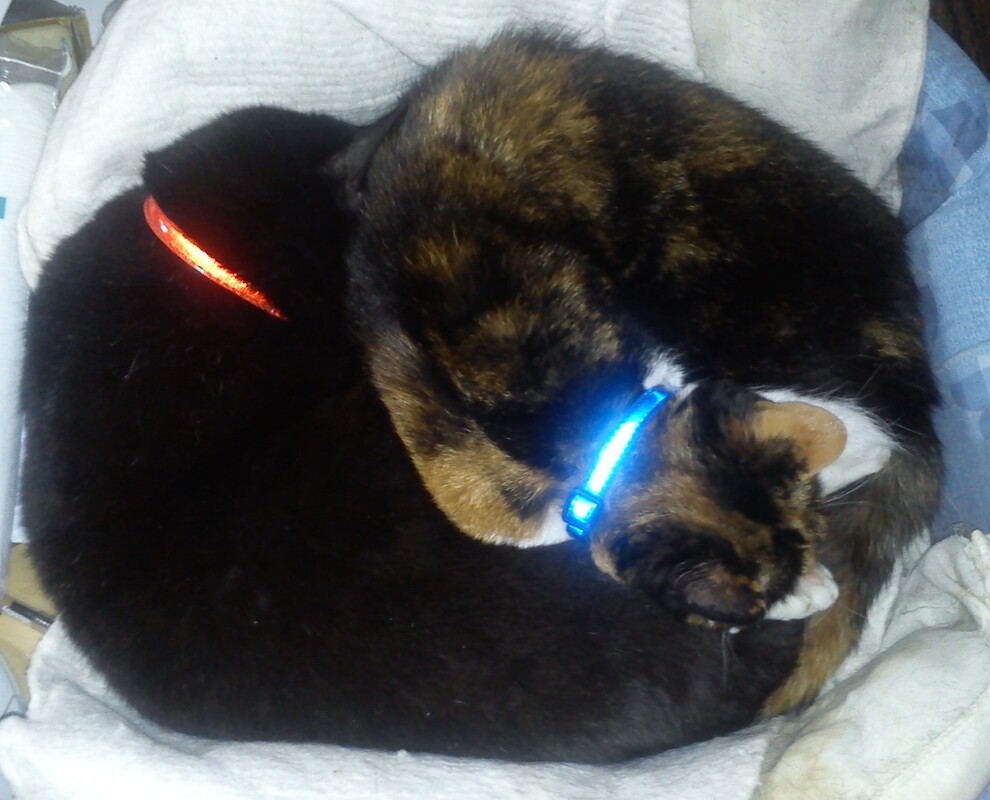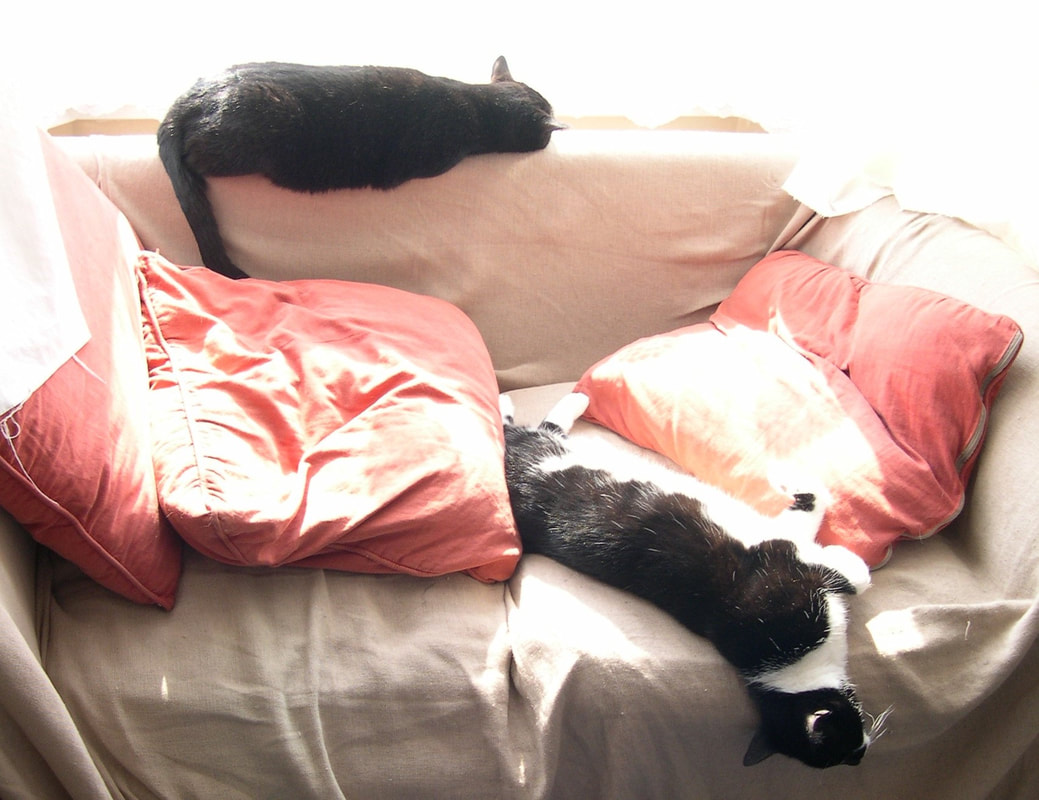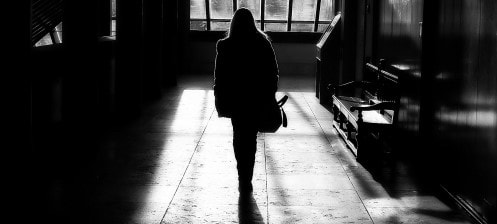|
Tim and I went to The Ark, an animal rescue and homing centre in Ashbourne, to go to their open day. Him to poke through the second-hand books for his antiquarian bookshop, and me to look at the animals. Just look. And then we met RubyCat. A little five-month-old scrap of tortoiseshell kittenhood. And obviously we fell in love. We weren’t living together at this point, but I was due to go away to the US for work, and so Tim moved in for a couple of weeks to settle her in while I was away. And from that point on, they were inseparable. I always said that the shortest amount of recorded time was between Tim sitting down and Ruby leaping onto his lap Ruby triumphantly outlived the two resident cats, sleek black-and-white Dizzy and black housepanther Satchmo, and strutted around the house proclaiming her couch, her food bowl, her humans After Tim’s sudden death, Ruby was my comfort and my sidekick. She’d never been allowed into the bedroom at night before, but now when I woke up and couldn’t get back to sleep she was curled up on me or at my back, and her purring soothed me. When Dee and her cat and dogs moved in, Ruby lived in my upstairs office during the day, sitting on my desk supervising, and tapping my hand when I didn’t pay her enough attention, and continued to sleep on me at night. Over the last few months she started to lose weight, become wobbly, and sleep even more, but she still ate and purred and jumped onto the bed. When she couldn’t jump onto my lap any more and started to fall over, and when the purr started to dim, I knew I had to be brave for both of us. I took her to the vet for the last time. I stroked her as she slipped away, and Dee held onto me. We will plant a ruby-coloured rose in the garden that Ruby looked out on from the high point of my office windowsill.
RubyCat’s loss is doubly hard, because it feels like I’m losing one of the last living links to Tim. I’m not sure that I believe in an afterlife, but if I do, I know that she will be leaping onto his lap the moment he sits down. Sleep well, little cat.
1 Comment
When I stepped out of the door the morning that Tim died, I couldn’t believe that village life could go on as normal when my life had so suddenly and drastically changed. But it did.
Over the years since 2018, I have rebuilt my life, embracing my sexuality, going back to university, meeting and marrying my wonderful Dee, and making a fresh start in a new location. All of these changes have left me sometimes feeling that I'm living two parallel lives. There's the life that I live now and the other that carried on, where I am still married to Tim. We still live above the bookshop. And he is pricing books downstairs. The life we live without them can leave us feeling guilty and resentful. About the what-ifs, the things we did or didn’t say, simply that we survived. And for going on without them. Going to work. Seeing friends and family. Making changes to the house. Enjoying ourselves. Doing things that they will never do, in places that they will never see, and making decisions that they will never know. There’s nothing I can say that makes this better. As Tim would say, it is what it is. We continue without them, moving forward but not moving on. And as a community, we do it together. So many of us have social media accounts, from Facebook and X/Twitter, through WhatsApp, Instagram and TikTok, to Snapchat, Pinterest and LinkedIn (and so many more). This digital footprint will live long after we do. Some companies will automatically delete accounts after a certain length of time. Others allow you to make decisions, including deletion and deactivation; these options vary between providers. Deactivating can hide the profile until you decide what to do with it.
Keeping accounts open Social media can be a good way to tell people about a death, but it’s important to tell family and friends first. Keeping accounts open also lets you tell people about any arrangements, allows you to access their photos, videos and posts, and means that family and friends can make posts in memory of them and stay together as a community. However, because other people can post on an open account, this can mean that you see things that may upset you. Memorialising accounts Memorialised accounts allow people to have a place to remember someone and to read that person’s old posts. The account will make it clear that the person has died, and will no longer send notifications. Deleting accounts Deleting an account protects you from seeing things on their account that might upset you, but deletion is permanent. Different companies will need different things to close accounts. These are likely to include their full name, their profile name, ID or link, their death certificate, and proof of your relationship with them. Creating a digital will If you have strong feelings about what will happen to your digital footprint after you die, you need to make plans by creating a digital will. This can include IDs and profile names, and requests to delete or memorialise accounts. |
AuthorI was widowed at 50 when Tim, who I expected would be my happy-ever-after following a marriage break-up, died suddenly from heart failure linked to his type 2 diabetes. Though we'd known each other since our early 20s, we'd been married less than ten years. Archives
July 2024
Categories
All
|








 RSS Feed
RSS Feed